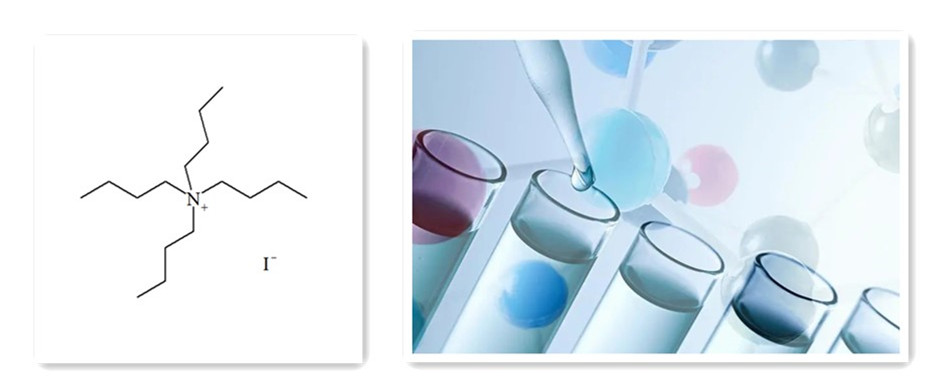What is the Role of Tetrabutylammonium Iodide in the Synthesis of 1H-imidazole-1-acetic Acid?
Nov 23, 20211H-imidazole-1-acetic acid is a derivative of imidazole compound, containing an imidazole ring and an acetic acid group. It has applications in medicinal chemistry and organic synthesis. It can serve as an intermediate for the synthesis of other organic compounds and exhibits certain biological activity.
Tetrabutyl ammonium iodide (TBAI) can be used as a catalyst in the synthesis of 1H-imidazole-1-acetic acid (HIMA). The reaction equation for the synthesis of 1H-imidazole-1-acetic acid is as follows:
Imidazole + Acetic Anhydride + TBAI -> 1H-imidazole-1-acetic acid

In this reaction, Tetrabutyl iodide ammonium acts as a catalyst to promote the condensation reaction between acetic anhydride and imidazole, resulting in the formation of 1H-imidazole-1-acetic acid. Tetrabutyl iodide ammonium provides iodide ions, which exhibit catalytic activity in promoting the condensation reaction. The presence of Tetrabutyl iodide ammonium accelerates the reaction rate and improves the yield of the product.